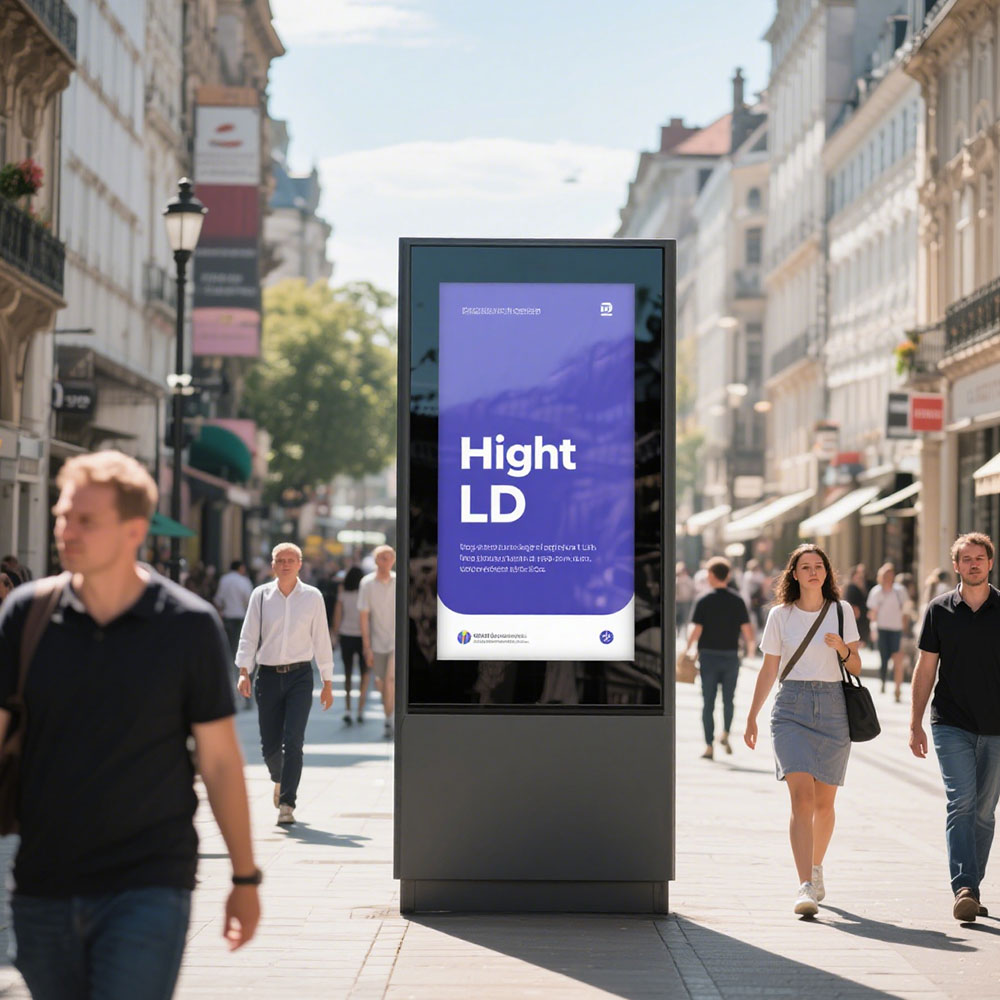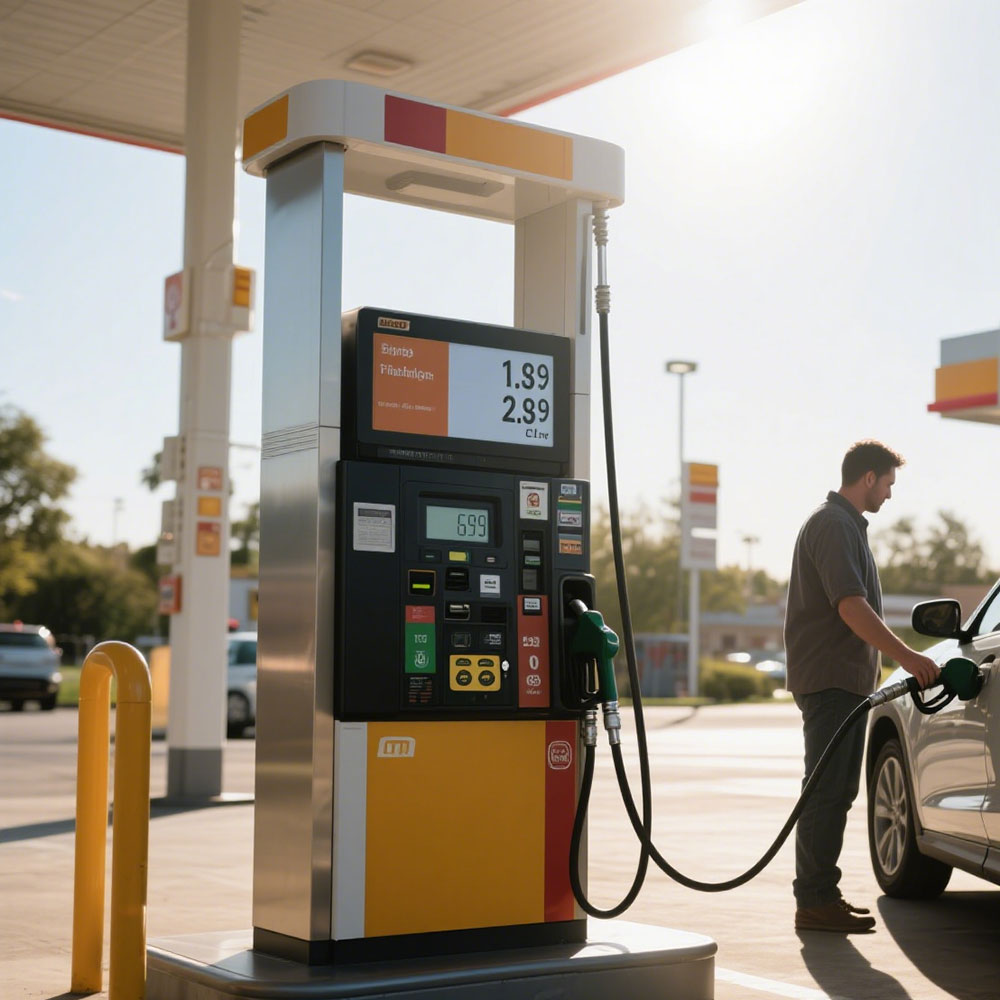When designing outdoor LCD screens for commercial, industrial, or public information systems, selecting the correct display ratio is critical to ensuring optimal visibility, content compatibility, and user engagement. Among the most commonly used ratios in outdoor environments, 4:3 remains a reliable choice—especially for legacy system integration, kiosk displays, and control room monitoring. This article explores why the 4:3 aspect ratio continues to be relevant for 15”, 17”, and 19” outdoor LCD screens, and how it compares to modern alternatives like 16:9.
The 4:3 ratio, also known as “standard” or “non-widescreen,” was dominant before the rise of high-definition (HD) video and widescreen monitors. It offers a more square-like viewing area, which can be advantageous in outdoor settings where space is limited or when displaying data-heavy content such as spreadsheets, dashboards, or legacy software interfaces. For instance, a 15” 4:3 outdoor LCD screen (typically around 1024x768 resolution) provides a balanced layout that fits traditional Windows applications without horizontal stretching—a common issue with 16:9 displays when running older software.

For larger installations, such as 17” and 19” outdoor LCDs, the 4:3 format ensures consistent vertical text readability and maintains uniform spacing across multiple panels in a modular setup. According to the International Electrotechnical Commission (IEC) standards for outdoor digital signage, maintaining consistent aspect ratios across devices enhances visual coherence in multi-screen deployments. In case studies from cities like Singapore and Seoul, municipal transit boards using 17” 4:3 outdoor displays reported improved passenger information clarity compared to 16:9 setups, especially during adverse weather conditions where glare and contrast play a major role.
Moreover, 4:3 outdoor LCD screens are often built with higher brightness levels (up to 5,000 nits), IP65-rated enclosures, and wide temperature tolerance (-20°C to +60°C), making them ideal for environments ranging from construction sites to airport terminals. These features, combined with native support for VGA, HDMI, and Ethernet-based content delivery, make 4:3 a preferred option in sectors such as transportation, retail, and security surveillance.

While 16:9 has become the default for consumer media, the 4:3 ratio still holds strong in professional outdoor applications due to its proven compatibility with existing infrastructure and superior usability in task-oriented scenarios. When choosing between 15”, 17”, or 19” models, manufacturers recommend selecting based on available mounting space, required resolution, and intended use case—not just size alone.
In conclusion, 4:3 outdoor LCD screens remain a smart investment for industries prioritizing reliability, compatibility, and readability over cinematic visuals. Whether deploying a single 15” unit for point-of-sale signage or a bank of 19” screens for public safety alerts, the 4:3 ratio delivers performance that aligns with real-world operational needs.







